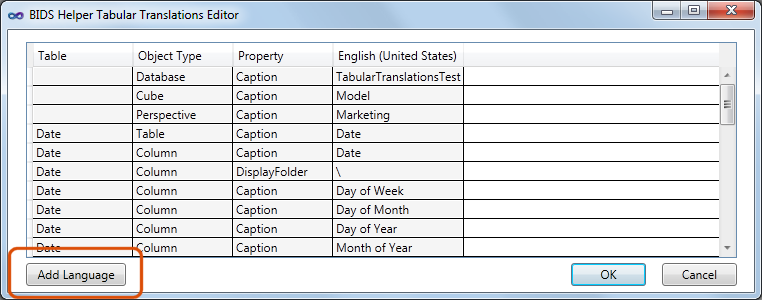

We just copied the Power Query expression that we will paste in a blank query. Go to the Power BI Service and navigate to the Workspace where you want to locate the to be created dataflow. Below a step-by-step guide.įind the Power Query Expression in the Partition Collection Editor Move to a dataflow!Īs described above, we want to move our Car dimension to a dataflow and then change the connection in our data model to read the data from the dataflow going forward.

The dataset will only import the result sets of all dataflows, which is a lower chance on failures.Īll by all, enough prove that dataflows can be useful! Probably there are more reasons, but these four are the ones I usually explain to others when dataflows cross the conversation. If one of the dataflows fails to refresh, the others will continue. By splitting your logic in multiple dataflows with separate refresh schedules, you lower the dependencies between tables. If an error occurs, none of the tables will be refreshed and the process will stop. As mentioned in the dataflow advantage above, the entire model will process in a dataset. Less dependencies and better error traceability.If you put them in a dataflow, you can give this dataflow a separate refresh schedule and lower the impact of queries on the data source. Most likely these are dimensional tables. In fact, this is suboptimal since you hit the data source multiple times and even for tables that you maybe only want to refresh once a day or once a week. All queries will run to get the latest data. Usually if you refresh your Power BI dataset, the entire model will be processed. Building dataflows from a central perspective and allow others to use your dataflow will help in getting one version of the truth since everyone uses the same dataflow entities with the same logic applied. This can be caused by having other filters applied or other transformations. Where Power BI is often used from self-service perspectives, there is also a risk of having different results in different reports, while the same table is queried. By doing so, you avoid running the same query from multiple models.

From that point on, it can be used inside the Power BI platform in different data models. With dataflows you only process the table once and centrally save the result in a dataflow. Below I list a few of the advantages of dataflows before we get started. Star schema that is currently deployed as a data model Advantages of dataflowsĭataflows are especially useful when you want to re-use specific tables across different data models. Below I describe more about the advantages of dataflows and why especially moving dimensions to dataflows can be useful. In this example we will move the Car dimension to a dataflow, so we can re-use this table in other data models as well. The model in this example is a simple star schema including a fact table and two dimensional tables. As a starting point, the same data model will be used as was brought to Power BI before. In Analysis Services there is nothing like dataflows, but now we are in Power BI, we can start using dataflows. The caseĪs said, the previous blog was about moving an (Azure) Analysis Services model to Power BI. In this blog, I will describe how you can bring existing tables to a dataflow and easily change the connection in your Power BI data model to read the data from the newly created dataflow. One of the most useful features is dataflows in Power BI! This is pretty awesome already! Once you moved your model to Power BI, you can also start using the functionality of the entire platform. In my previous blog, I wrote about using Tabular Editor to migrate existing (Azure) Analysis Services models to a Power BI data model.


 0 kommentar(er)
0 kommentar(er)
